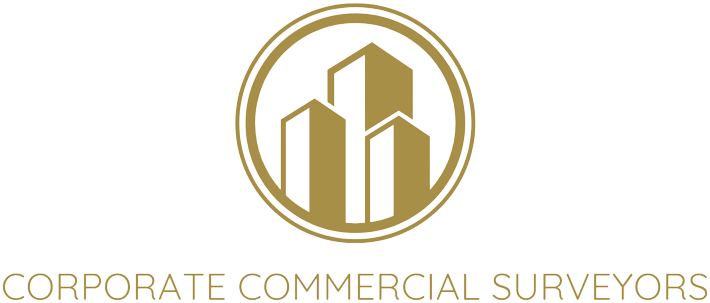Correspondence was sent to those clients who had appointed Hampton Lovett to act in the 2023 rating period, and to those clients whose 2017 appeals had not concluded. The correspondence also explained the reasons for the transfer, and confirmed that any active cases would be concluded as required.
If you have any questions regarding this, please contact CCS on 0117 370 9420 or send an email to crm@corporatecommercialsurveyors.co.uk. We will be happy to help.


Latest News